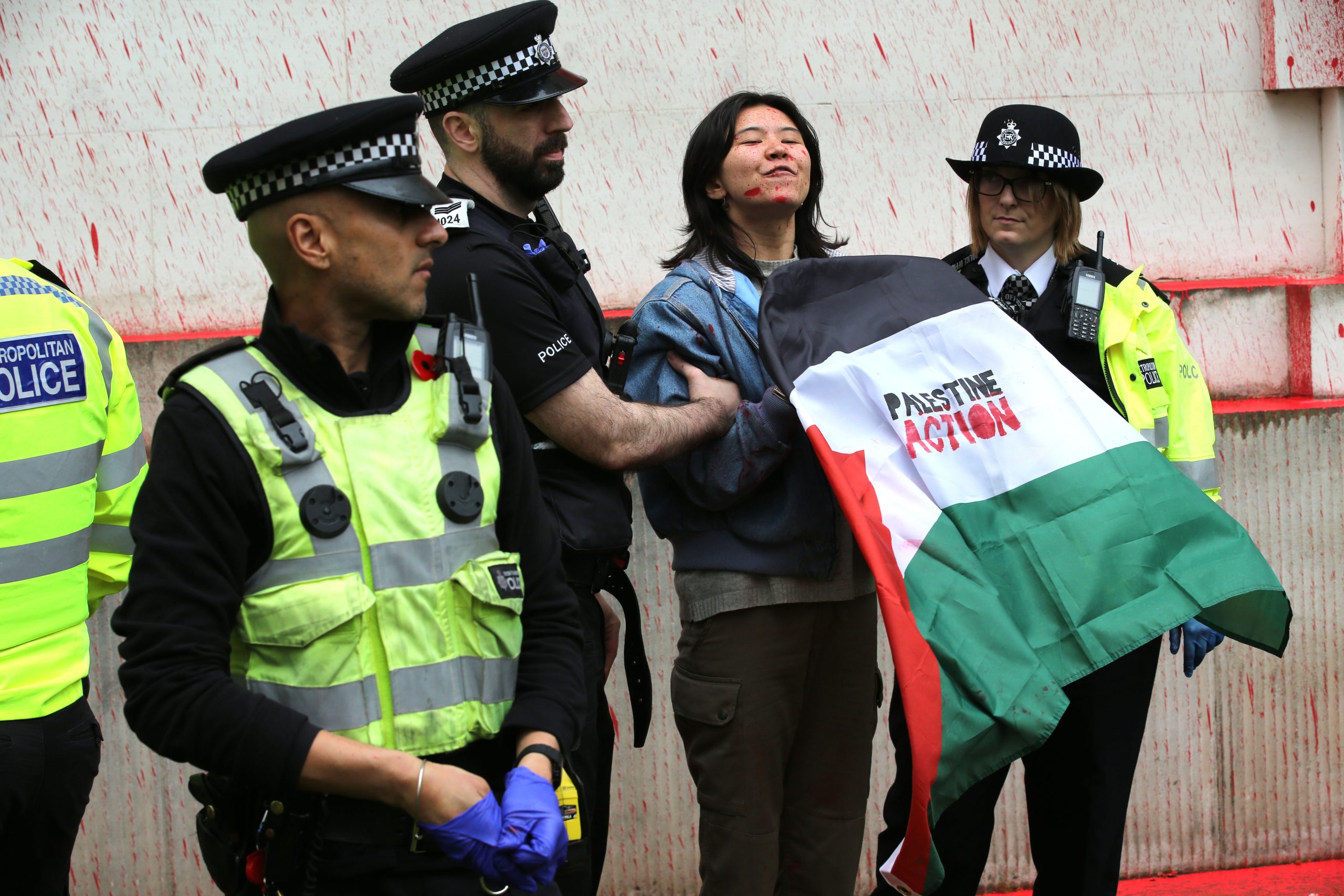
Advisors for DEFRA (the Department of the Environment, who counsel both minister and quango) have insisted a minimum of 70% of the badger population must be killed in target areas over the next four years in order to protect the herd from bovine TB. Yet less than half of this number have been shot in Gloucestershire and reports from Somerset say the kill rate has been as low as 23%. Paterson has accused the badgers of “moving the goal posts” by not allowing themselves to be shot easily. It seems badgers are smart enough to eat crops in preference to the bait of the cullers and move out of the area of danger. Natural England has been smart enough to say that if things get any worse all licences will be revoked. DEFRA has threatened that if numbers do not reach required quotas by the end of the extension period even more badgers will have to be slaughtered in these areas next year, while at the same time maintaining that if the trial culls are instead proven functional then the procedure will be expanded to other areas next year.
Meanwhile scientific experts in the field continue to point out a ten-year study on badger control has concluded that the cull will in all likelihood not only fail to stop the spread of bovine TB but it may actually increase it. But such warnings have fallen on deaf ears with DEFRA.
Bovine tuberculosis was formerly a serious health risk to humans via infected milk consumption, but pasteurisation subsequently removed any risk to the public. Yet since the 1960s cattle infection continued to grow unchecked with increasing loss of cattle.
The farming community, concerned about loss of revenue from the infected herds, has long lobbied the government to prevent the spread of the disease while the removal of its risk to humans has meant this has rarely been a high priority.
The disease has been known to spread from badgers to cattle since 1971 and, following unregulated hysterical attacks on the badger population by local people fearing that these wild roving animals were to blame for the spread of the disease, the Badger Protection Act was brought in, making unlicensed attacks on badgers illegal. As the infection rate increased the EU brought in strict tests on cattle for the disease, blocking any sale from infected animals, though the tests themselves are notoriously unreliable.
The study that ran from 1997 until 2007 concluded that badgers were a major cause of the spread of the disease, yet culling was seen as doing little to prevent it, partly because the indications were that the poor quality of cattle testing and other factors indicated that infection was far more likely to be spreading form cattle to cattle. Moreover it was found that due to an effect called perturbation, reducing the badger population disrupted their territorial patterns, causing them to range more and therefore spread the disease. This initially led to the rejection of culling and a concentration on vaccine production. Ironically the government’s pet vet uses the perturbation effect to argue for more killing in ‘low kill’ areas in order to offset it, completely misunderstanding the science and increasing the effect he says he is avoiding.
The vaccine approach has allegedly been hampered by lack of funding and the claims that vaccinated cattle can not be properly tested for bovine TB and so are excluded from the EU market by the zombifying bureaucracy of the EU. At the same time, it is often claimed that the caging and vaccination of sufficient numbers of badgers is difficult and not cost effective.
The government has so far refused to fund serious vaccine research. Worse still, the expensive trapping method involved in the ‘humane killing’ of badgers has been rejected on cost grounds and predominantly replaced by ‘free shooting’ which often causes terrible suffering to the badgers themselves, particularly given the poor training of hired ‘marksmen’ and the growing presence of illegal amateur shooters.
Serious studies of the losses to farmers through bovine TB compared with the losses from the funding of an ill thought out scheme and its general ineffectiveness has shown that farmers have little to gain financially from the cull and may end up losing far more.
The Badger Trust and others continue to challenge the cull in the High Court, observing that it is illegal under international conservation laws to cull if there are alternative methods of disease control available. Other groups are attempting to ban the cull on public land, a move recently undermined by the National Trust’s cowardly decision to reject such a proposal. Since then calls have been made for its chair to resign as increasing numbers of angry middle class liberals cancel their membership.
Meanwhile grassroots activists continue to demonstrate against the cull and more and more direct action is occurring in the killing fields, causing the police to double their numbers on cull protection, as tension between shooters and activists increasingly flares, raising costs further and weakening other policing in the affected areas.
Steve Ash








